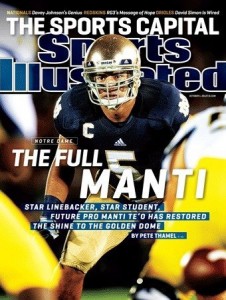Twenty-five years ago, the United States Supreme Court ruled that a high school principal in Hazelwood, Missouri, had the right to censor articles in the student newspaper about pregnancy and divorce. The court, in its ruling, wrote:
The First Amendment rights of students in the public schools are not automatically co-extensive with the rights of adults in other settings. . . . A school need not tolerate student speech that is inconsistent with its “basic educational mission,” even though the government could not censor similar speech outside the school.
The court essentially ruled that a high school student newspaper was a classroom exercise and not an instrument for free speech. The ruling went on to say that administrators could censor any content that is “reasonably related to legitimate pedagogical concerns.” Or, as one first amendment attorney said at the time, “He can censor the paper because he wants to teach those kids a lesson.”
Geoff Campbell, who now teaches journalism and advertising at the University of Texas at Arlington, was a high school journalist in Missouri in the early 1980s, and he writes for the Fort Worth Star-Telegram that he had to continually battle with the school district’s superintendent over any article that had a whiff of controversy in it. He writes:
It was a stressful time. Teachers said things like, “You have constitutional rights. But what about responsbility, decency and good taste?”
We could have made people happy by confining ourselves to stories about AV Club bake sales, but that wouldn’t have made students more celibate or less pregnant. Unfortunately, discussion about those very real issues got hijacked by a censorship debate.”
Katelynn McCollough, writing for the Iowa State Daily (my old college paper!), notes that the state of Iowa passed the “Student Exercise of Free Speech” law the year following the Hazelwood decision that gave Iowa high school students back their basic rights to free expression. The law did have some minor restrictions in it, but basically it said that Iowa believed that its students could handle their constitutional rights and responsibilities.
Makes me proud of the state I grew up in.
and find out. (He’s not keen on them.)



